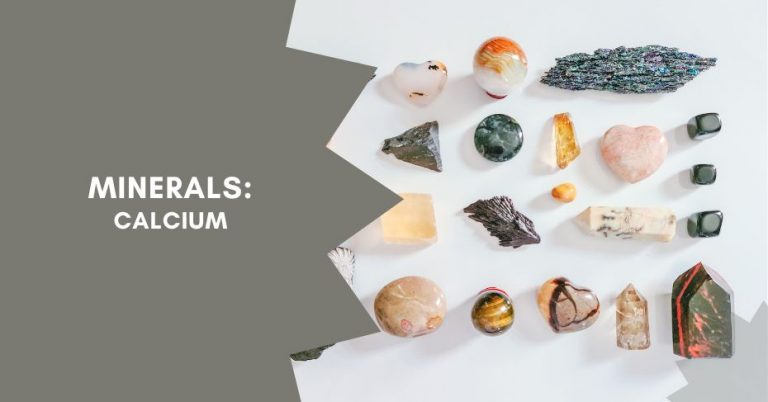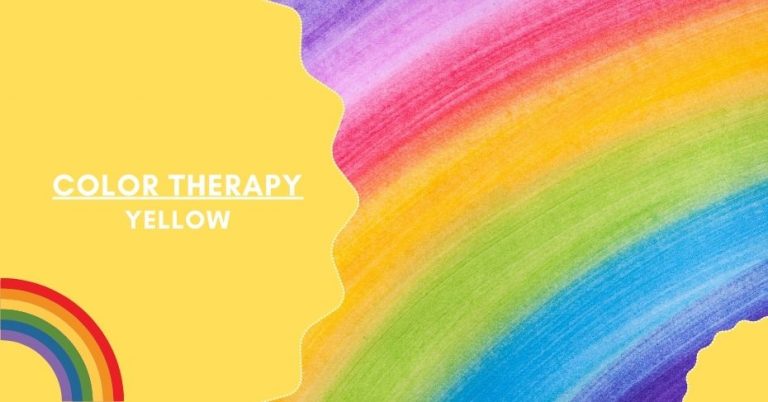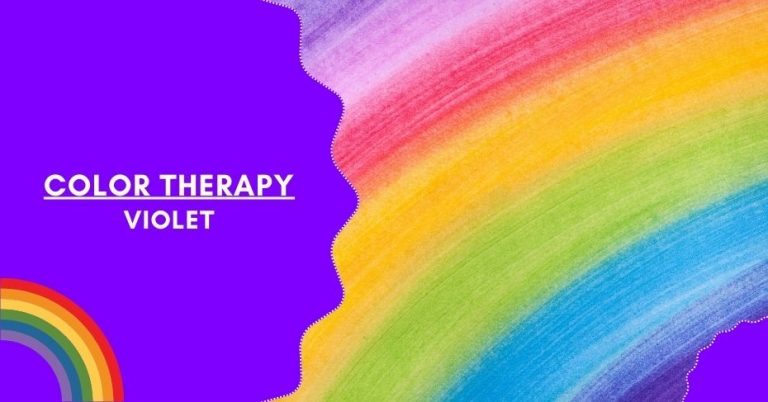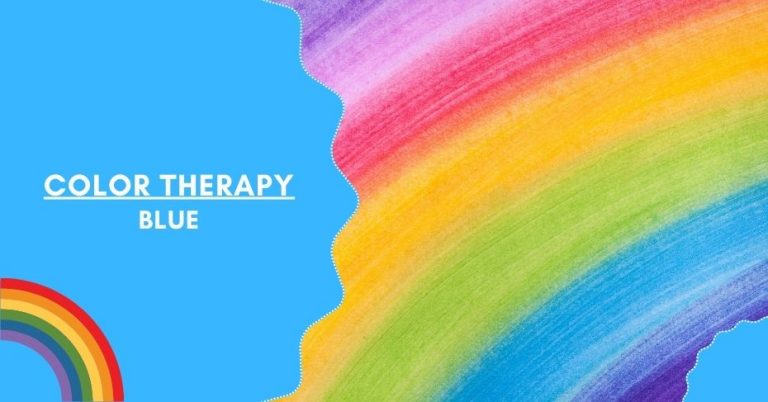Have you ever noticed how the color of a room can affect your mood? You might feel energized in a bright yellow or pink room, or relaxed and content in a muted blue or green. Color therapy is based on this very concept—that different colors can have an effect on our psychological and physical wellbeing. Let’s explore how color therapy works, what the benefits are, and how you can incorporate it into your daily life.
The Science Behind Color Therapy
Color therapy is based on the idea that light — and its various wavelengths — has healing properties. Light waves enter our body through our eyes, skin, and other parts of our bodies that are exposed to light. Our cells then absorb this light energy, which influences chemical reactions within us that help regulate our moods, emotions, hormones, digestion, and more. Different colors have different effects on us because they embody certain frequencies; for example, red signifies energy while blue encourages relaxation.
How Color Therapy Works
The practice of color therapy dates back thousands of years, but it wasn’t until the early 20th century that scientists began to study its effects on health more closely. According to researchers, there are seven primary colors in the visible spectrum—red, orange, yellow, green blue, indigo, and violet—all of which can have different effects on the body and mind depending upon their intensity and combination.
Color therapists believe that each of these colors carries its own unique energy signature or vibration frequency. By exposing yourself to a particular color or combination of colors for an extended period of time (ideally 10-30 minutes per day), you can absorb its vibrational frequency into your body and use it to promote physical, emotional, mental, or spiritual wellness. For example, some people find that exposing themselves to certain shades of blue can help them relax while others may find red helpful for invigorating their energy levels.
Benefits of Color Therapy
The primary benefit of color therapy is its ability to relax both body and mind. Colors can also help boost your self-confidence and reduce stress levels by promoting feelings of joy and happiness. Other potential benefits include improved digestion, better sleep quality, pain relief, increased creativity and productivity at work or school, improved concentration levels during meditation or prayerful activities. Some studies even suggest that regular exposure to certain colors may offer protection from disease by boosting immunity!
How To Practice Color Therapy
You don’t need any special equipment or expensive treatments to practice color therapy—you simply need to be mindful about the way you use colors in your daily life. Start by choosing hues for clothing that make you feel good when you wear them; if you tend to feel more energized in yellow or orange tones but relaxed in blues or greens then choose accordingly! You could also try using colored glasses when meditating; some people find that wearing rose-colored lenses helps them access higher states of consciousness while blues may be helpful for calming down after a stressful day. Lastly, when decorating your home consider choosing wall paint colors based on their energetic qualities; warm tones like reds will bring life into a space while cool blues may help create an atmosphere conducive to relaxation.
Bottom Line
Color therapy is a powerful form of holistic healing that utilizes the visible spectrum of light and color to restore balance within our bodies. While more research needs to be done in order to understand exactly how it works physiologically speaking, many people have reported positive results from incorporating various shades into their daily lives. From reducing stress hormones like cortisol to providing us with a sense of comfort during times of distress, there are numerous benefits associated with using this type of therapy so why not give it a try? Who knows you might just find your perfect hue!





